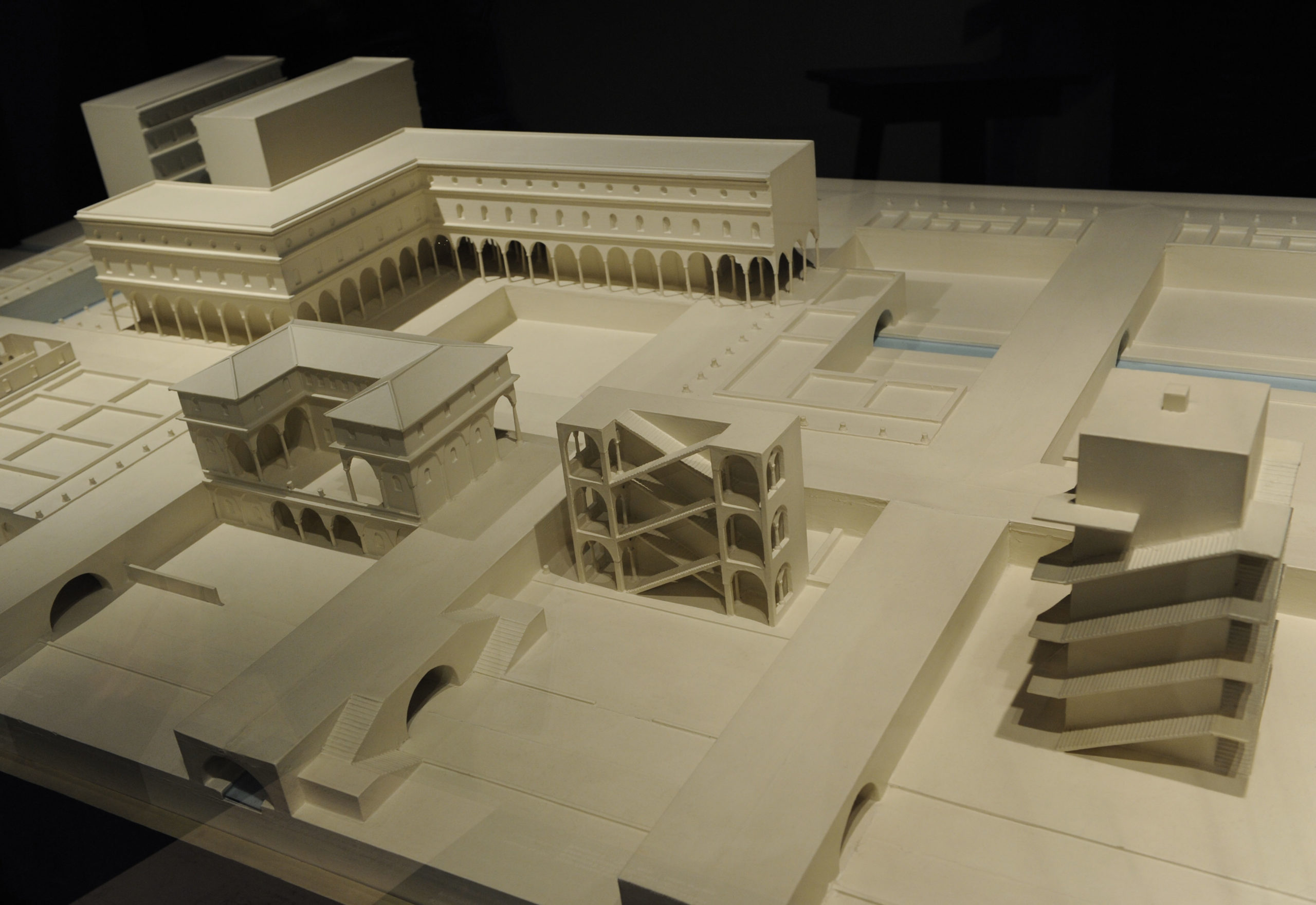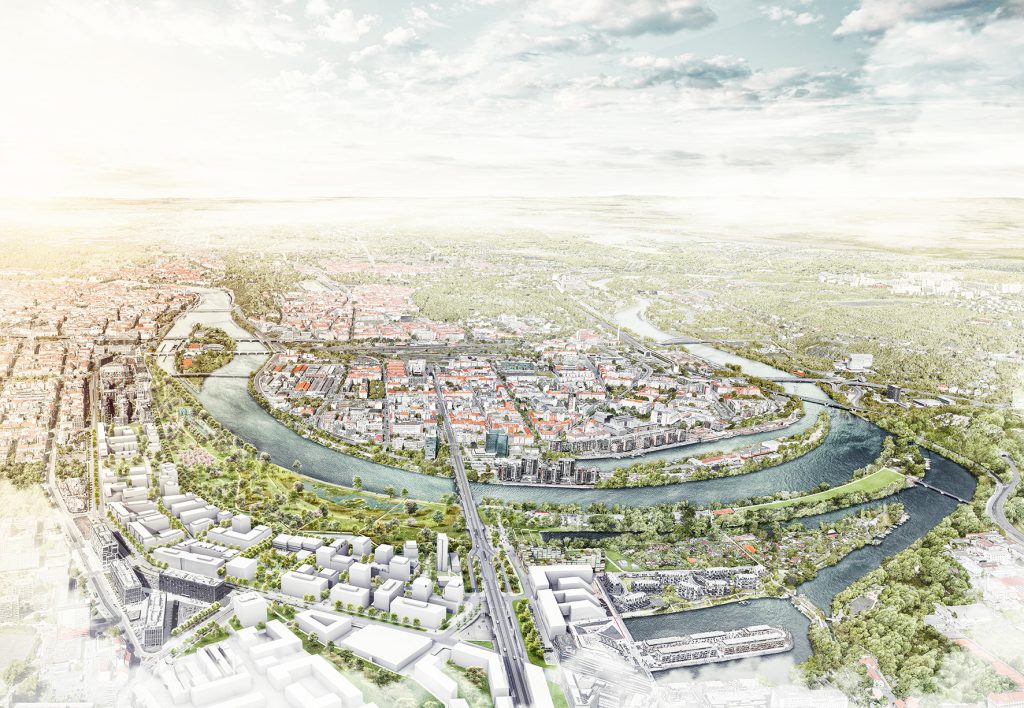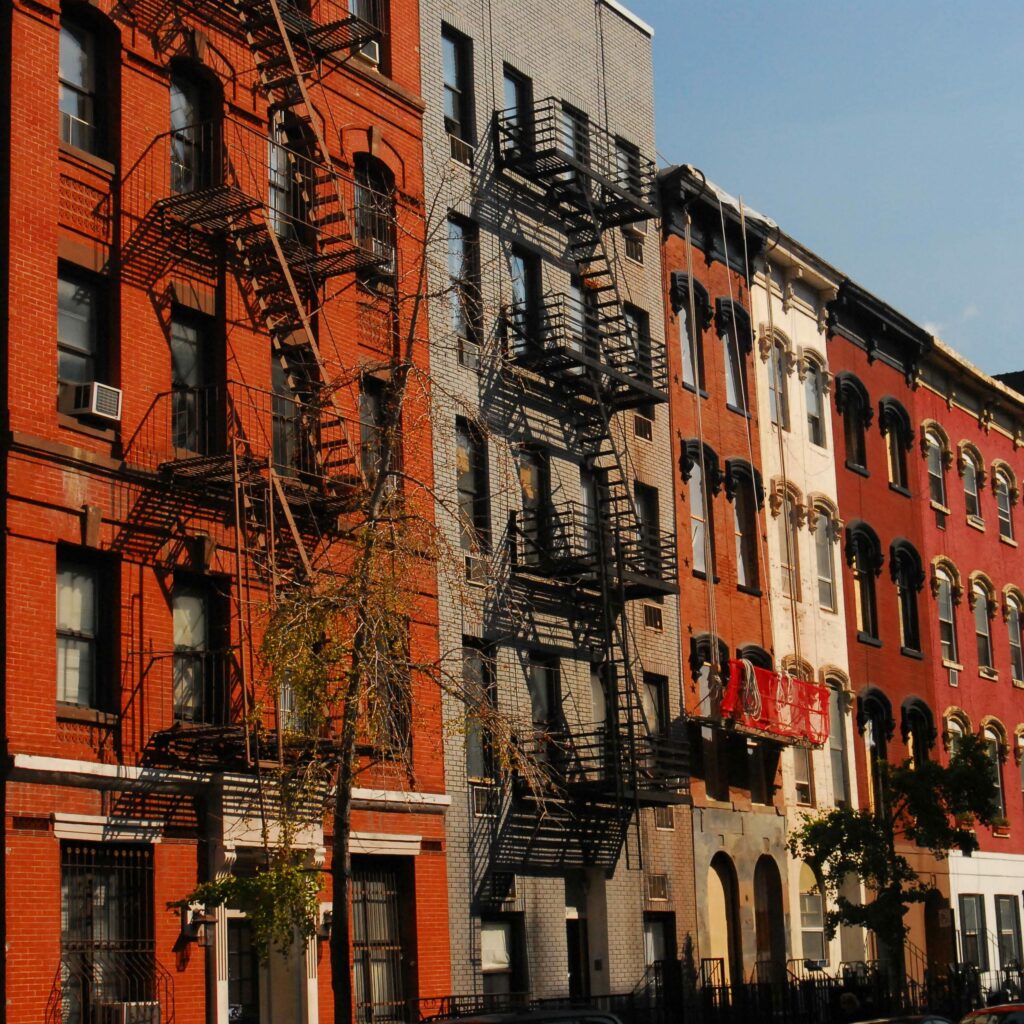
The unconventionality of da Vinci, who is celebrating his 500th anniversary this year, and his ideas for the „ideal city“ are more in demand than ever.
Billboard
Skyscrapper
Halfpage
The Renaissance has shown that creative, unconventional ideas and plans have arisen as a result of necessity. Leonardo da Vinci was one of those who developed ideas for the “ideal city” to solve urban problems of his era. In times of climate crisis, his sketches and ideas are still relevant today, as he designed urban concepts that are efficient and ecologically and socially sustainable. The unconventionality of da Vinci, who is celebrating his 500th anniversary this year, is more in demand than ever.
The Renaissance is feted as a period of incredible progress in art and architecture, but we tend to forget that the 15th century also marked the birth of urbanism as a true discipline. For this reason, today more than ever, it may be useful to approach the heroic figures of 15th century architecture and urban planning to learn how they believed we could revolutionize the world for the better.
Leonardo Da Vinci is the quintessential Renaissance Man, not only for his polygraphic personality, talent and inexhaustible curiosity, but above all for having radically renewed the perspective of the world that surrounded him. Memorable pages have been written rebranding Leonardo’s science and art: his anatomical studies, flying and war machines have no comparable precedents, yet it has not been emphasized enough that Leonardo also invented some of the essential modern principles of urban planning, including biophilia, and he made extensive use of biomimetic tools in environmental design and planning.
Leonardo rethinks the design of medieval cities, with their winding and overcrowded streets and with houses piled against one another, and presents to us the foundation of a new city along the Ticino River, one with clean urban spaces and designed for the easy transport of goods. It is a modern and rational city, consistent with Renaissance ideals.
Unconventional design, Unconventional personality – da Vinci
Leonardo planned a comfortable and spacious city, with well-ordered streets and architecture, and recommended “high, strong walls”, with “towers and battlements of all necessary and pleasant beauty.” Furthermore, his city needed both “the sublimity and magnificence of a holy temple” and “the convenient composition of private homes”.
Medium Rectangle
Halfpage

What sets Leonardo’s city apart are his personal touches, flashes of his unconventional personality. Leonardo included several innovations in his urban design. He wanted the city to be built on different levels, linked with vertical staircases. Elegant palaces and wide streets would occupy the upper levels of the city, where people could walk undisturbed at their leisure. Services, trade, transport and industry on the other hand would be restricted to the lower level, tucked away from sight.
It is a design that is familiar to us from high-rise buildings, but was totally unconventional at the time. Indeed, his idea of maximising interior spaces by placing staircases on the outside of buildings didn’t find support until the Modernist movement, at the start of the twentieth century.
_
The whole article about the “ideal city” of da Vinci can be found in topos 107.












